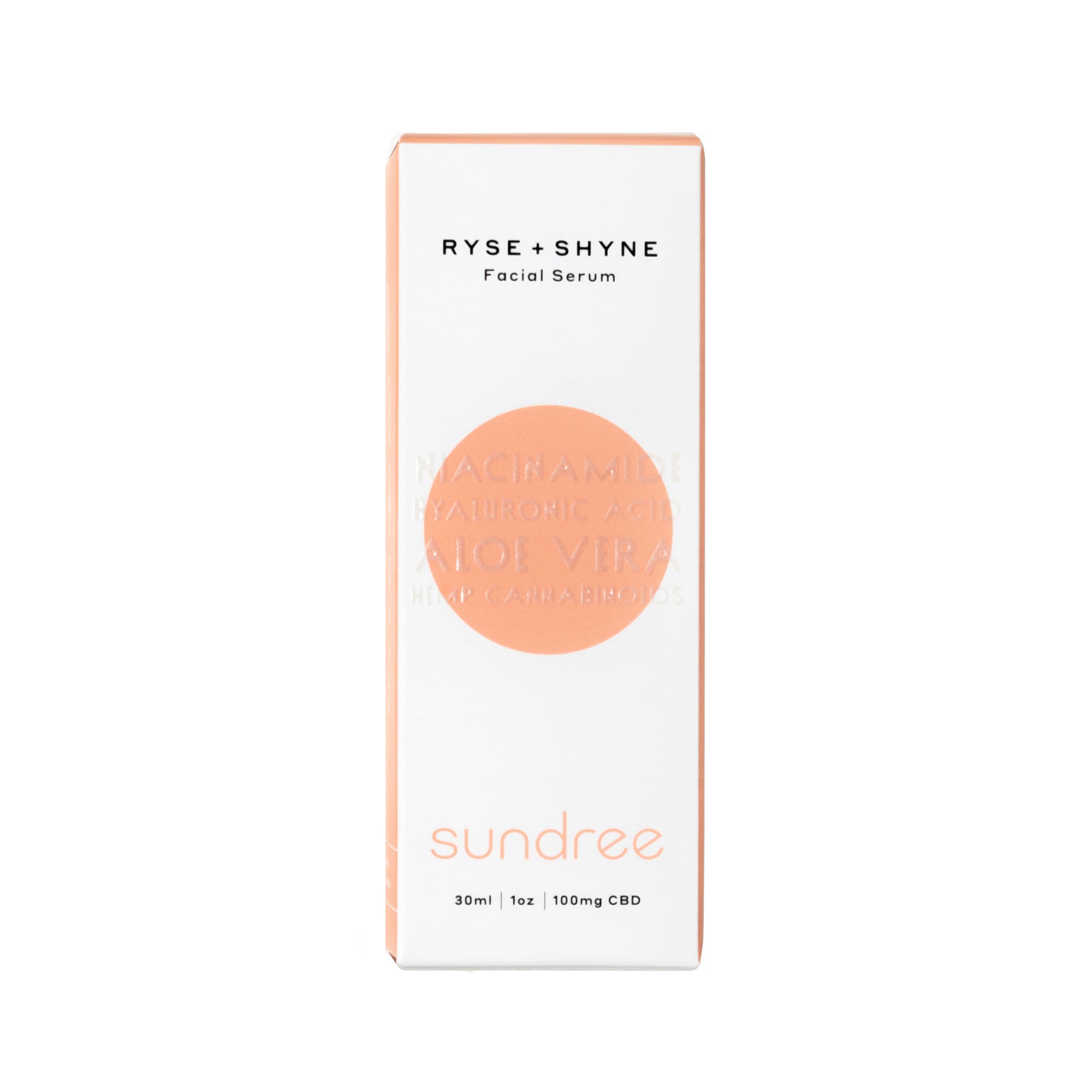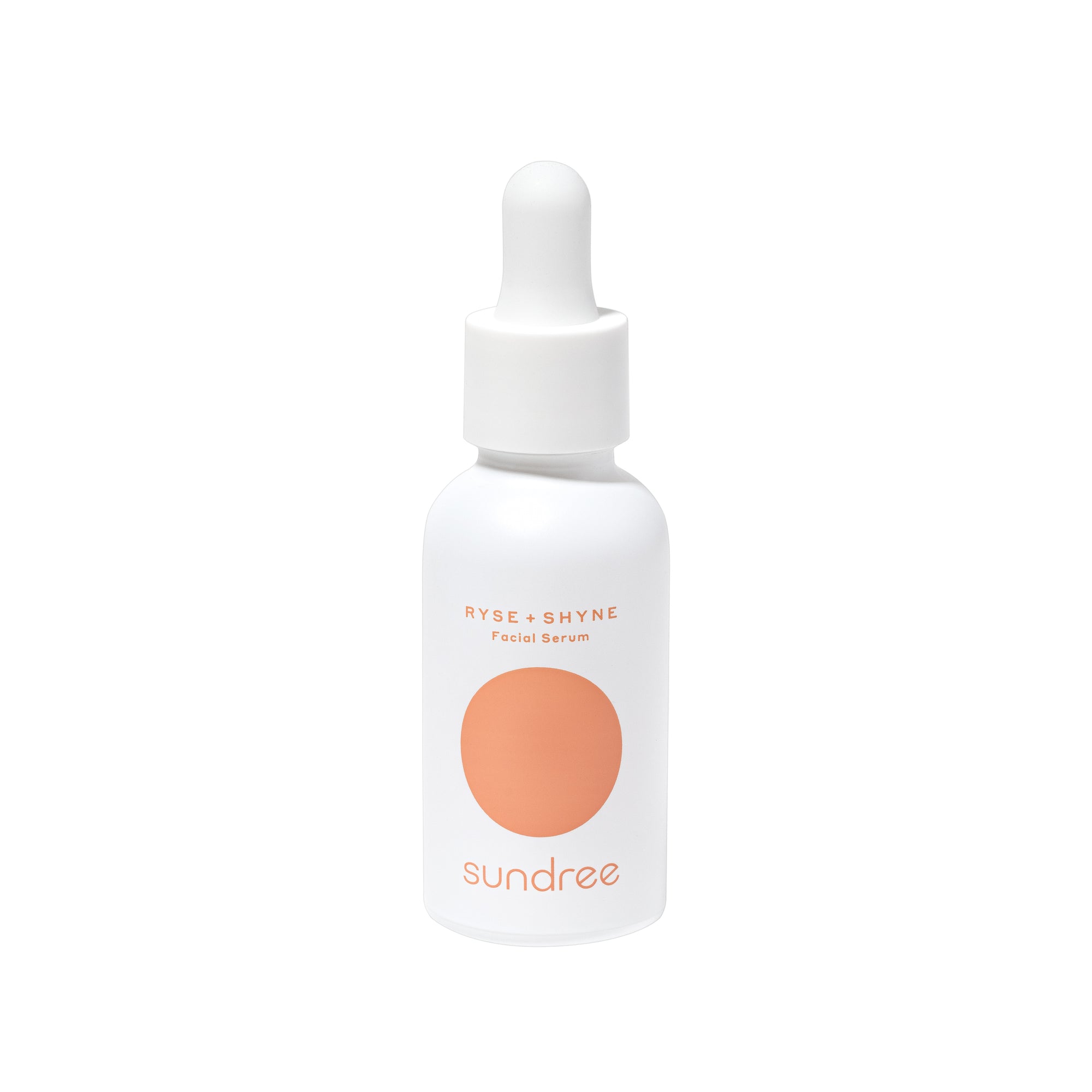Let’s face it, we all desire a smooth, supple, and glowing complexion. We also strive to keep our skin looking and feeling its best. However, it’s not easily achievable. Following a suitable skincare routine year-round and using the right skincare products according to your particular concerns and skin type can help you achieve that healthy, happy skin. Needless to say, exfoliation is one of the most crucial steps of any skincare regimen to help achieve that radiant, soft, and plump skin. This article will shed some light on why you need to exfoliate your skin regularly, the different types of exfoliators to choose from, and which exfoliators will work the best for your skin. So, keep on reading!
What is Exfoliation?
Exfoliation is a natural function of the skin. Your skin performs exfoliation regularly to remove dead skin cells and replace them with new, healthier ones.¹ The natural process of shedding old skin cells and producing new ones usually takes around 30 days. So, if you think that your skin manages to remove dead skin cells on its own and you don’t need to add exfoliation to your skincare routine, we are here to enlighten you.
Why Should You Exfoliate Your Skin?
As your skin naturally works to replace the dead skin cells with new cells, the residual of dead cells can get stuck in your pores and clog them, paving the way for numerous skin problems, like blackheads, acne breakouts, fine lines, enlarged pores, wrinkles, discoloration, dryness, and dullness.² To accelerate the process of removing dead skin accumulation, you need to apply topical products to exfoliate the skin to maintain a youthful and healthy complexion in the long run.
Different Types of Exfoliators
Now that you know what exfoliation is and why you need to exfoliate your skin regularly, the next step is to understand the different options available and which exfoliator is the best for your skin. The two main types of exfoliators to choose from are:
- Physical Exfoliators
- Chemical Exfoliators
What is Physical Exfoliation?
Physical exfoliation involves removing the outer, dead layer of skin cells that require manually rubbing or scrubbing the skin. Physical exfoliation is done using tools and scrubs with granules. Scrubs with particles can include small and large beads, seeds, oatmeal, crushed nuts, or sugar, to name a few. Physical tools can also be used for getting rid of dead skin. Some of these tools include a washcloth, cleansing brush, loofahs, exfoliating mitts, and sponges.
What is Chemical Exfoliation?
The second type of exfoliation involves the use of chemical-based exfoliators. The name ‘chemical exfoliators’ might sound scary to most, but skin specialists often recommend chemical exfoliators for those with sensitive skin. The most common chemical exfoliators include AHAs and BHAs. Chemical exfoliation sloughs away dead skin cells by dissolving the outer dead and dull layer of the skin. This, in turn, reveals even-toned, smoother, and fresher skin underneath.
Difference between Physical and Chemical Exfoliators
As mentioned earlier, one of the main differences between physical and chemical exfoliators is that the physical method involves a physical element (such as cleansing brush, sugar, or loofah). In contrast, the chemical method uses acids (like glycolic acid, lactic acid, salicylic acid) to remove dead skin cells from the skin. For example, with physical exfoliation, you can gently rub your skin in small circles using a physical exfoliator to remove any buildup of dead skin cells from the epidermis. Chemicals used in chemical exfoliation, on the other hand, work by dissolving the dead cells on your skin.
Pros and Cons of Physical Exfoliators
One advantage of using a physical exfoliator is the ease of access. It can be done anywhere without a hassle. For example, you can exfoliate at home using only a washcloth or a DIY scrub to instantly reveal bright and fresh skin.
On the negative side, you can easily overdo exfoliation with physical scrubs and tools if you’re too zealous about getting rid of dead skin cells. This is why using physical exfoliators requires a careful application to prevent excessive friction, which may lead to irritation, dryness, itching, and even acne breakouts. Also, it’s recommended to apply a soothing and hydrating serum or oil to reduce irritation and restore moisture in the skin. We recommend using Sundree’s RYSE+SHYNE hyaluronic acid serum. In addition to hyaluronic acid, this facial serum is jam-packed with beauty-boosting ingredients like niacinamide and vitamin c to serve up fresh-faced skin.
Pros and Cons of Chemical Exfoliators
This exfoliating method includes applying acids onto the skin for a short period of time and allowing them to melt away the dead skin cells. The best thing about these exfoliators is that you can find a low concentration and do your at-home chemical peel to achieve visible and quick results. However, suppose you want to go for more potent acids and high concentration peels. In that case, you can get help from a certified professional to perform the procedure safely, yielding a brighter and smoother-looking complexion.
The downtime after a chemical exfoliation treatment depends on the strength of the acid used. With lower concentration chemical exfoliants, there is usually minimal discomfort and low downtime so that you can carry on with your routine after a short period of time. Keep in mind that in-clinic services for exfoliation can be pricey when compared to a DIY exfoliation.
Which Type of Exfoliator is Better for Your Skin?
Since we have different skin types, there isn’t a single exfoliating method that will work effectively or suit every skin type. The key to reaping optimal benefits from your exfoliation routine is finding the right exfoliating agent for your skin.
- Oily skin is usually thicker and can stand brushing and scrubbing. When exfoliating your skin manually, be very gentle with the exfoliating tools and scrubs to avoid irritating the skin. It’s recommended to use small circular movements while using a scrub.
- AHA-based chemical exfoliators work effectively for people with dry and dehydrated skin, mild hyperpigmentation, fine lines, and enlarged pores. They can remove the outer dry and dead skin, allowing serums and other products to penetrate the skin and work on a deeper level.
- If you have sensitive or inflamed skin, avoid using physical exfoliators. BHA-based exfoliators are more suitable for those with sensitive, oily, and acne-prone skin.
- If you are lucky to be blessed with normal skin, you can opt for any of the exfoliating techniques without worrying about its side effects. For combination skin, treat dry areas with an AHA exfoliator and use a BHA exfoliator for the oily parts.
Getting the Most out of Your Exfoliation Routine
Here are some of the key points to consider if you want to avoid damaging or irritating your skin:
- The Products You Use: Sometimes, the skincare products or prescription medications you’re already applying to your skin can interfere with the effectiveness of your exfoliator. These products can make your skin sensitive, making it more susceptible to inflammation. For example, if you’re using a prescription retinoid or benzoyl peroxide, exfoliating your skin can make it dry or lead to acne breakouts.
- Choose an Exfoliator that Suits Your Skin: Avoid physical and high-concentration chemical exfoliators if your skin is sensitive, dry, and prone to acne breakouts. Conversely, physical exfoliators and strong chemical peels are good for oily skin.
- Exfoliate Your Skin Gently: If your preferred exfoliators are physical, use gentle circular movements to apply and then wash off with lukewarm water. Similarly, if you’re using a brush, mitts, or sponge, use them light-handedly. Don’t exfoliate your skin if it has bruises, cuts, or wounds.
- Use Humectant Products Afterward: Since exfoliation can leave the skin dry and sensitive, it’s essential to follow with a moisturizing cream, lotion, or serum to protect the skin’s lipid barrier and retain lost moisture. Sundree’s RYSE+SHYNE facial serum is filled with a wide variety of humectants such as hyaluronic acid, glycerine, aloe, and lactic acid. These ingredients work overtime to leave your skin hydrated with a soft, supple glow.
- Decide How Often You Should Exfoliate: The frequency and type of exfoliator depends on your particular skin type and problems. Dr. Jenny Hu, M.D., associate professor of dermatology, Keck School of Medicine of USC, recommends “starting with exfoliating just once a week and seeing how your skin responds.”³ Just remember the rule that more aggressive physical exfoliators or higher-concentration peels are needed to be applied less often to avoid over-exfoliating the skin.
Final Thoughts
Who doesn’t want to achieve and maintain clear, smooth, and vibrant skin? As mentioned, exfoliators are the best way of boosting your skin’s natural mechanism of sloughing off the dead skin buildup, draw out impurities from the pores, and accelerate cell repair and the renewal process. With regular exfoliation, you should notice an improvement in your skin tone and texture. We hope the information shared above will help you make a better decision when choosing an exfoliator for your skin and get you one step closer to the glow of your dreams.
Citations:
- American Academy of Dermatology Association. ‘HOW TO SAFELY EXFOLIATE AT HOME’, org. Accessed June 30, 2021. Available at: https://www.aad.org/public/everyday-care/skin-care
- Chertoff, Jane. (2020). ‘5 Ways to Unclog Pores and 2 Methods to Avoid’, Accessed June 30, 2021. Available at: https://www.healthline.com/health/beauty-skin-care/how-to-unclog-pores
- Jacoby, Sarah. 2019. ‘What Type of Exfoliation Should I Be Doing for My Skin Type’, self.com. Accessed July 2, 2021. Available at: https://www.self.com/story/skin-exfoliation-types













